This adorable colorful ladybugs art lesson will help reinforce color theory for younger students, while creating an adorable scene of ladybugs in the grass. This project covers Common Core Standards for Language Arts, Math and Science for grades TK-K which can be found at the end of the lesson.
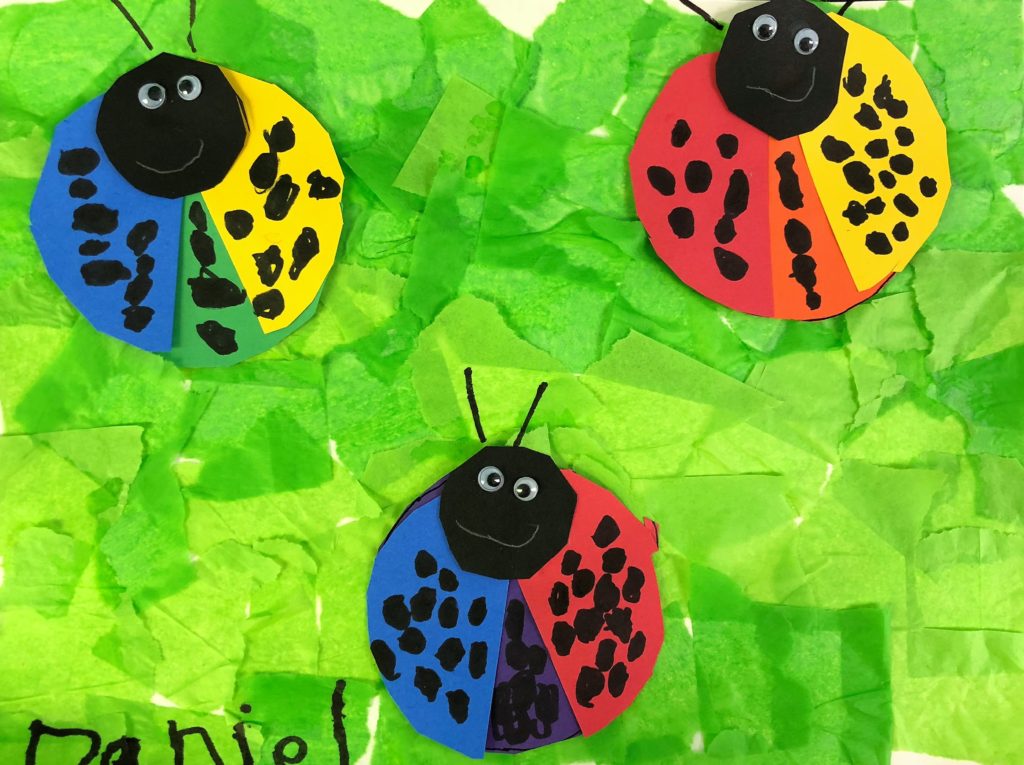
Grade Level
Transitional Kindergarten and Kindergarten – The examples in this lesson are by Transitional Kindergarten
Objective
In this Colorful Ladybugs art lesson, students will make their own mini color wheels in a ladybug art project.
Time
5 – 30 min lessons
Materials
- Green Tissue Paper Darice 100-Piece Premium Quality Tissue Gift Wrapping Paper Crafts, Packing and More, 20 x 26 inches (100 Sheets), Assorted Colors
- Scissors
- Liquid glue
- White color pencil
- Googly Eyes – DECORA 500 Pieces 6mm -12mm Black Wiggle Googly Eyes with Self-Adhesive
- Black Sharpie Marker – Sharpie Permanent Marker, Fine Point, Black, Pack of 5
- 9×12 Watercolor paper – Canson (100510941) XL Series Watercolor Pad, 9″ x 12″, Fold-Over Cover, 30 Sheets
- Brushes – Acrylic Paint Brush Set, 1 Packs / 10 pcs Nylon Hair Brushes for All Purpose Oil Watercolor Painting Artist Professional Kits
- Construction paper – Pacon Tru-Ray Construction Paper, 9″ x 12″, 10 Classic Colors, 50 Sheets (P103031) Red, Orange, Yellow, Green Blue, Purple
Extra Activity
- Food coloring or Liquid Water Colors – Sargent Art 22-6010 10-Count 8-Ounce Watercolor Magic Set
- Or this mini version for homeschooling – Sargent Art 22-6210 10-Count 4-Ounce Watercolor Magic
- Shaving cream
- Sandwich bag
Inspiration/Artist
I was inspired to make this project when I saw this: Click Here
Instruction with Questions
Day 1
Begin by reading these one or two fun books. You may read one or two today and save others for a follow up day:
“Mix It Up” by Herve Tullet: Click Here
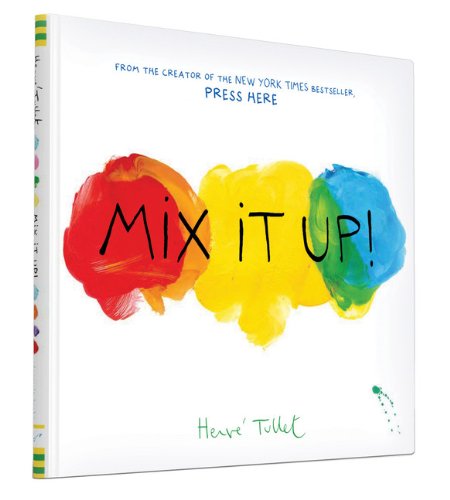
“A Color of His Own” by Leo Leoni: Click Here
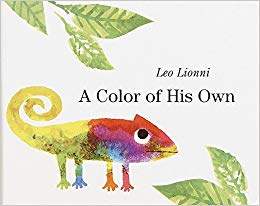
“The Day the Crayons Quit” by Drew Daywalt: Click Here

“Babar’s Book of Color” by Laurent de Brunhoff: Click Here
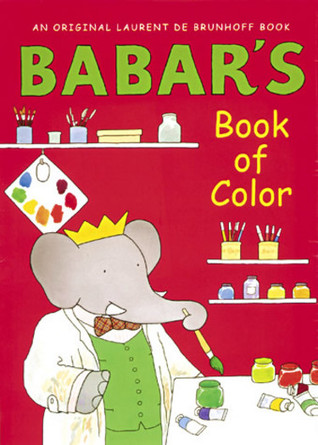
Next show a few videos.
The Colors Song | The Colours Song | Scratch Garden: Click Here
Sesame Street: OK Go – Three Primary Colors: Click Here
The Color Song: A Funny Song: Click Here
These next two are totally optional depending on your time frame.
Brain Games – Visible Spectrum: Click Here
As a fun end to the day, I have them create the colors with this activity. It only takes a few minutes and is a huge hit!
Use this Color Theory for kids inspired by Disney PowerPoint Presentation: Click Here
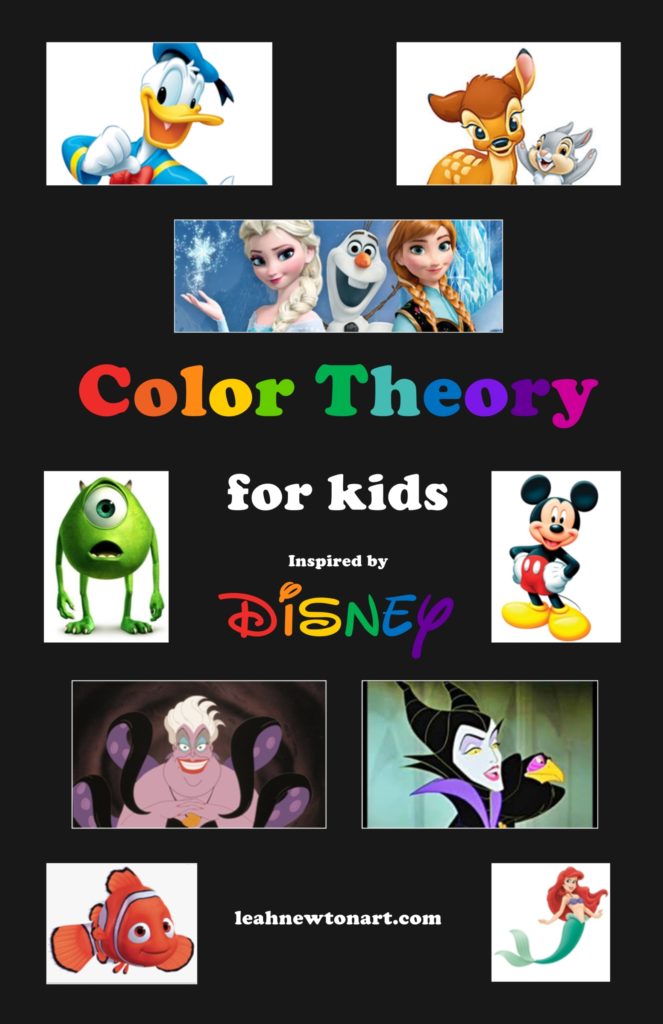
Step 1
Shaving Cream (Dollar Tree) – Hint: Do not put more than maybe a cup worth into a sandwich sized baggie.
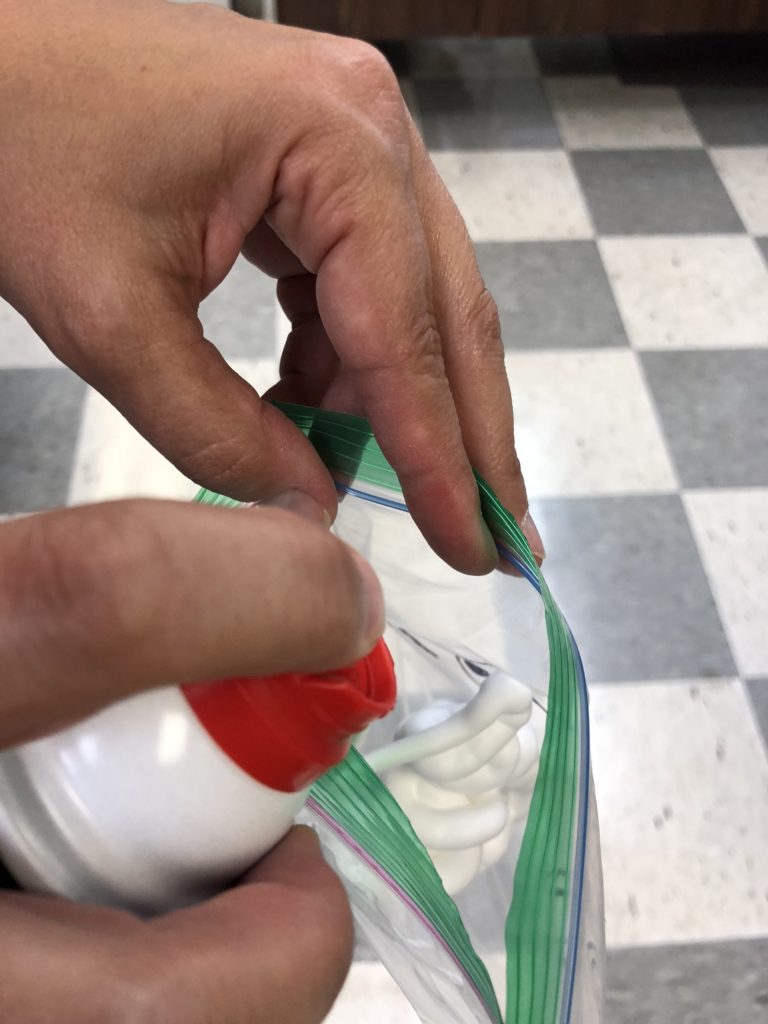
Step 2
Food Coloring – They pick 2 of the three primary colors; red, yellow, blue


Step 3
You can already see the colors mixing which is very exciting! I recommend clearing as much air out of the bag as possible before you zip it closed. This will prevent the bag from popping and shaving cream oozing out. This picture demonstrates the color mixing and the potential for ooze.
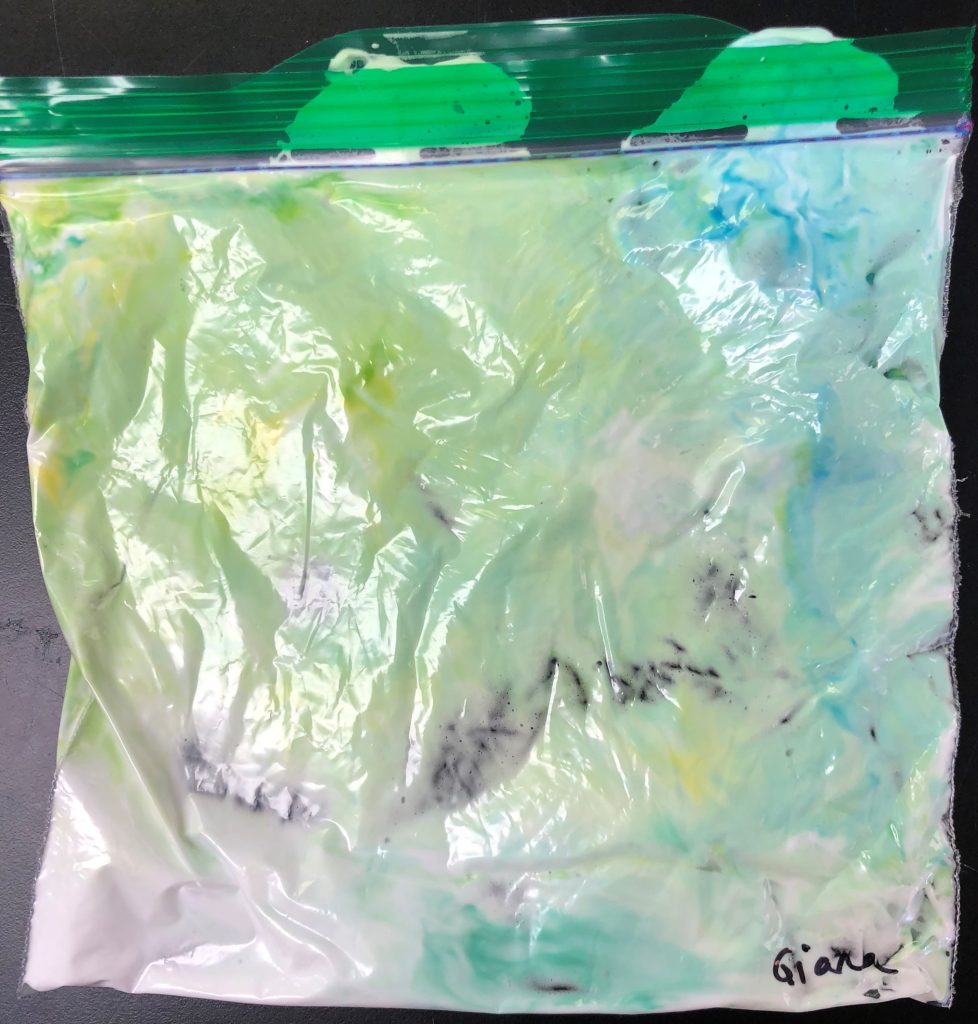
Day 2
Review some of the color vocabulary you have been learning. See if they can identify which colors are created when mixing the primary colors.
While they do some coloring pages with color theory, pull aside students to glue tissue paper squares to a piece of watercolor paper. If you have time, I did not, paint the paper green first.
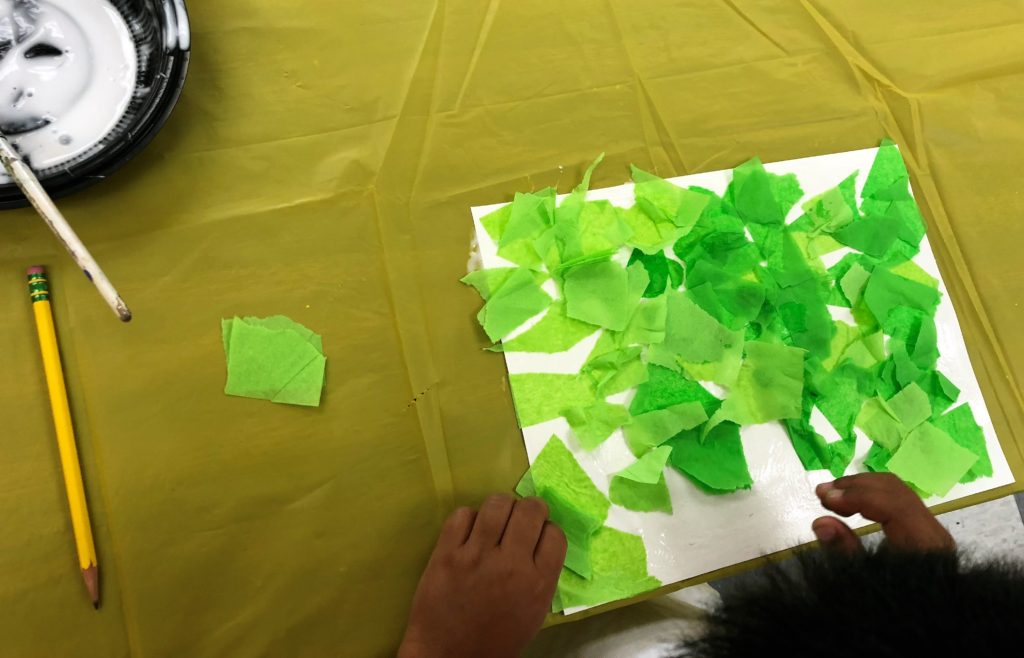
Day 3
I used some round shapes in my classroom to trace for the body and heads of the ladybugs. You will need one circle for each of the six colors.
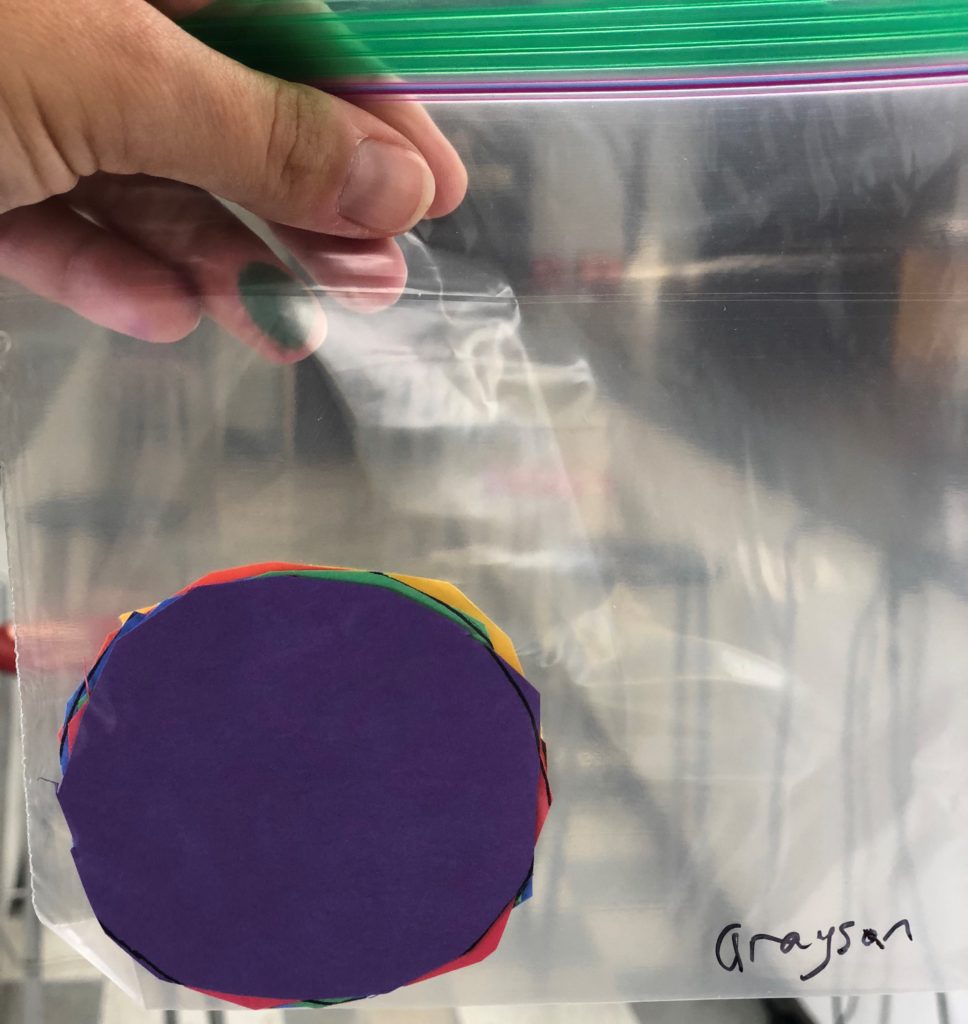
This may take them the entire period to complete. Once they are finished, place them in a baggie for the following day. Then, pull out their red, yellow and blue circles and cut them down the middle and place them back into the baggie.

Day 4
Use liquid glue and blob some on where they need to add the bodies. Then add glue where they need to attach the wings.
Add the heads and eyes. I mostly add the eyes.
Day 5
Using a sharpie marker, have the students add polka-dots on the wings of their ladybugs and two antennae. Using a white color pencil, they can add a happy smile. Adorable!
Here are some finished Colorful Ladybugs Art Lesson pieces!
Common Core Standards
Kindergarten – Language Arts
Children’s adventure stories, folktales, legends, fables, fantasy, realistic fiction, and myth. Includes staged dialogue and brief familiar scenes. Includes nursery rhymes and the sub-genres of the narrative poem, limerick, and free verse poem Includes biographies and autobiographies
Kindergarten – Science – Life Sciences
2. Different types of plants and animals inhabit the earth.
a. Students know how to observe and describe similarities and differences in the appearance and behavior of plants and animals.
c. Students know how to identify major structures of common plants and animals (e.g., stems, leaves, roots, arms, wings, legs).
Kindergarten – Math
Measure – Classify objects and count the number of objects in each category
3. Classify objects into given categories; count the numbers of objects in each category and sort the categories by count.
Geometry – Identify and describe shapes
1. Describe objects in the environment using names of shapes, and describe the relative positions of these objects using terms such as above, below, beside, in front of, behind, and next to.
2. Correctly name shapes regardless of their orientations or overall size.

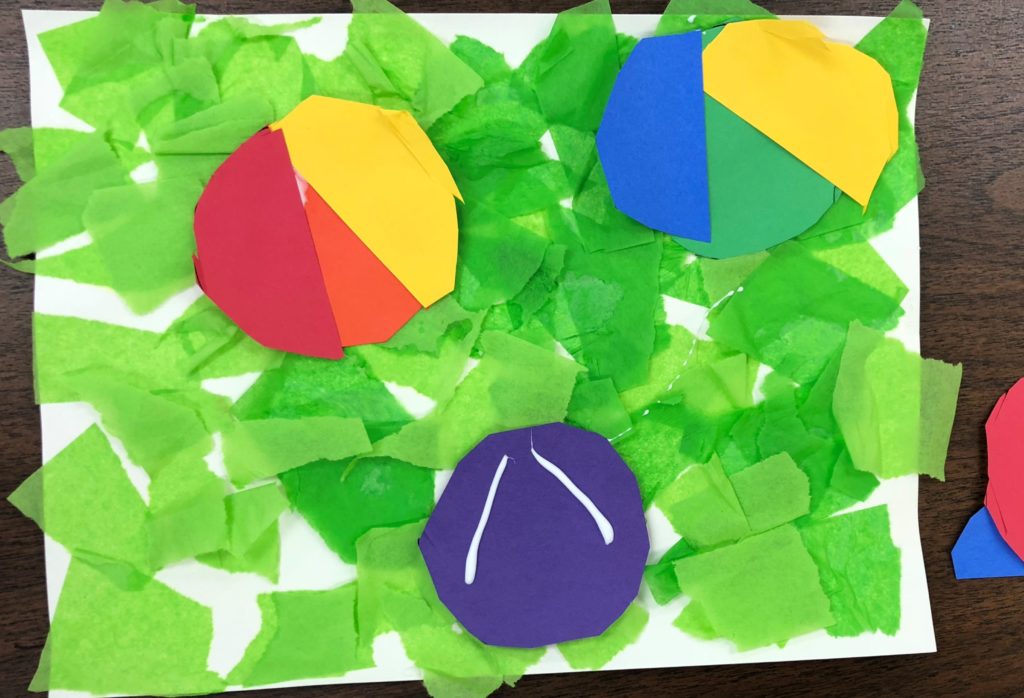

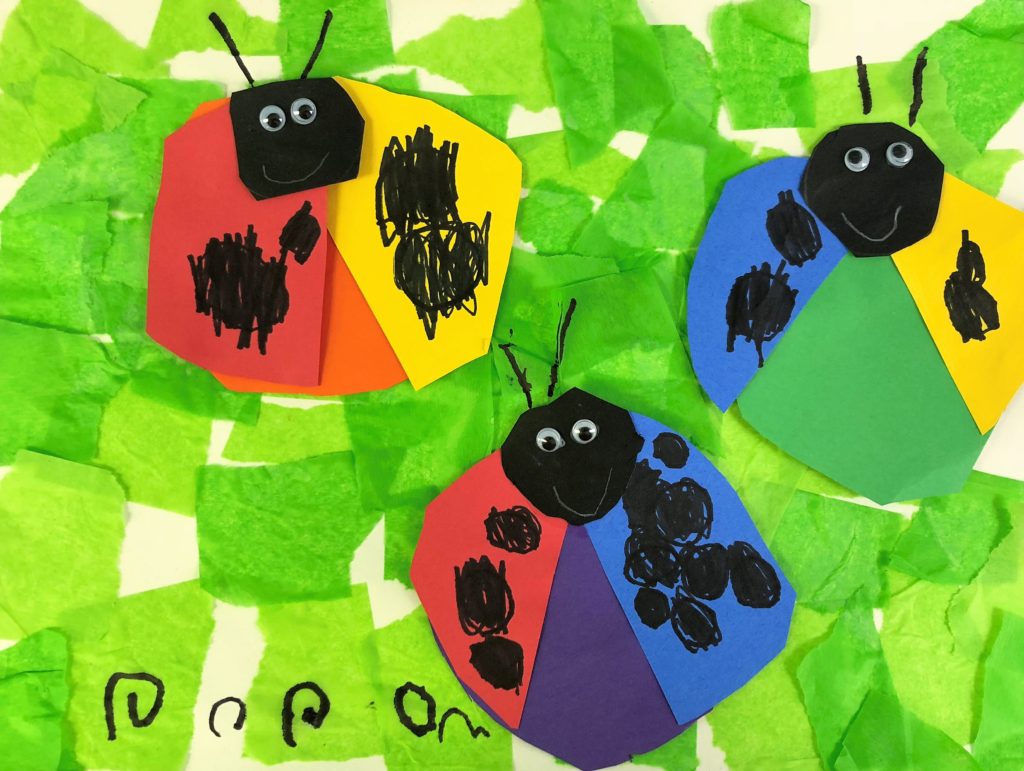
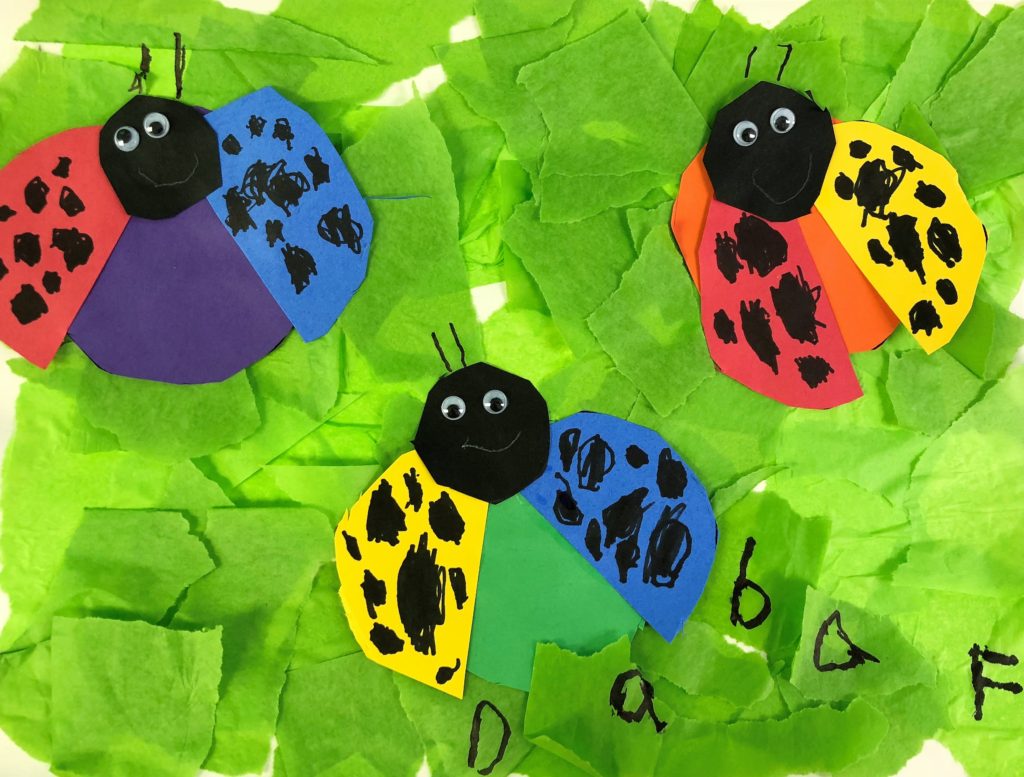
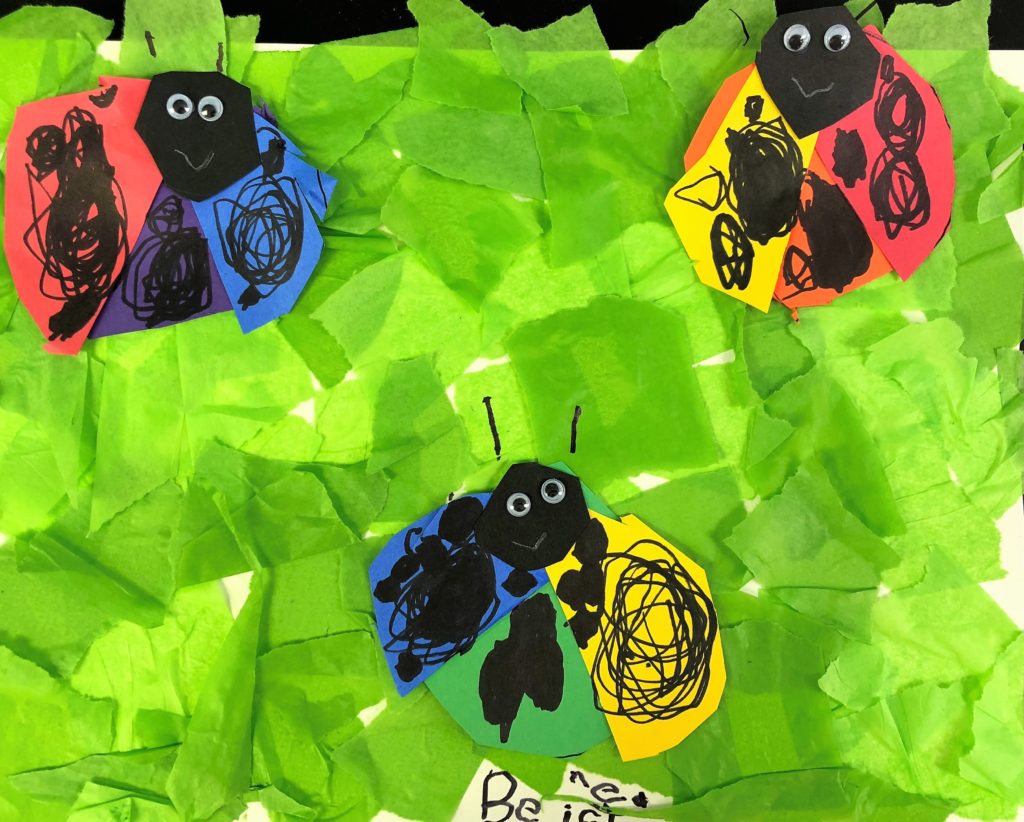
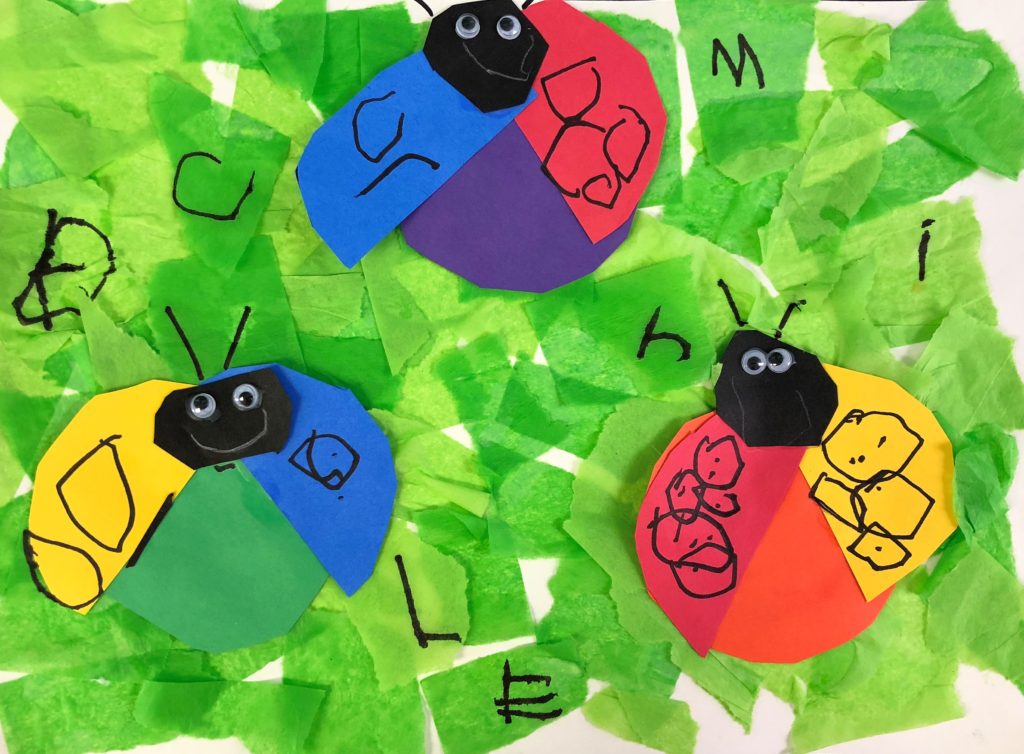
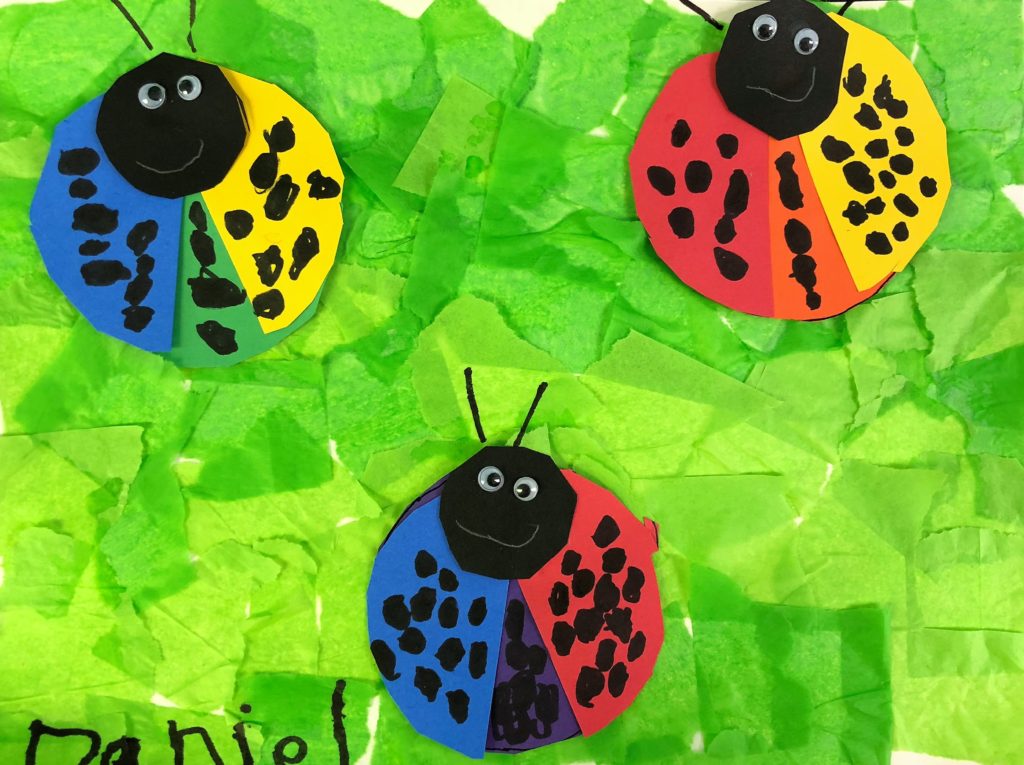
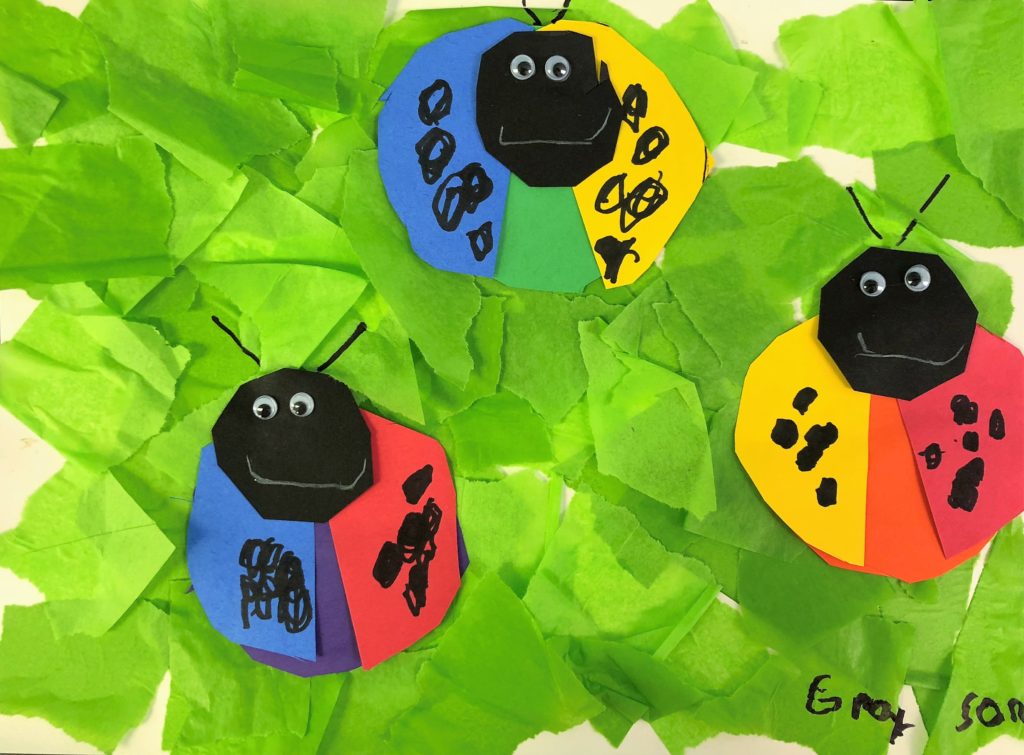

Leave a Reply